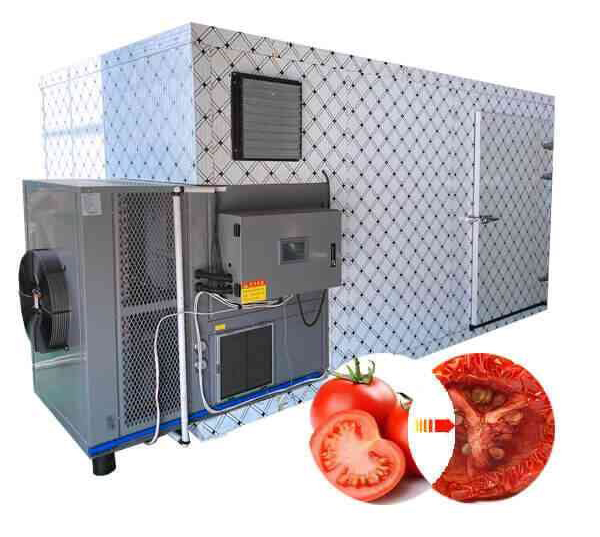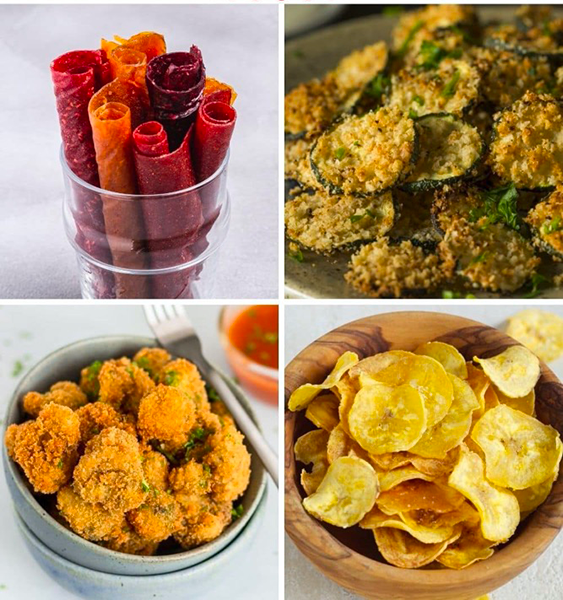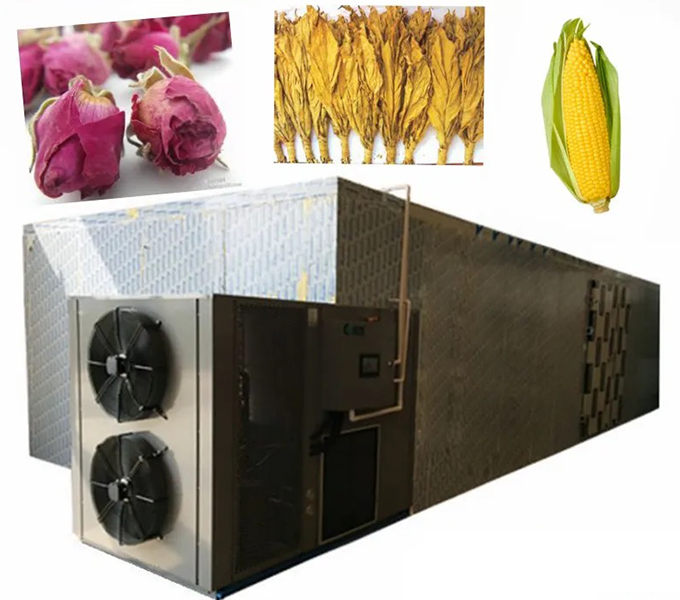
Content Menu
● Understanding Food Dehydration
>> How Does a Food Dehydrator Work?
● Creative Uses for Your Food Dehydrator
>> Alternative Uses for Food Dehydrators
● Health Benefits of Dehydrated Foods
● Tips for Using Your Food Dehydrator
● The Science Behind Dehydration
● Common Mistakes When Using a Food Dehydrator
● Conclusion
● Frequently Asked Questions
>> 1. What types of foods can I dehydrate?
>> 2. How long does it take to dehydrate food?
>> 3. Can I dehydrate cooked foods?
>> 4. How should I store dehydrated foods?
>> 5. Is it safe to dehydrate meat?
● Citations:
Food dehydrators are versatile kitchen appliances that allow you to preserve food by removing moisture, extending shelf life, and enhancing flavors. They can be used for a variety of culinary applications beyond just drying fruits and vegetables. This article explores the many creative uses of food dehydrators, providing insights into what you can make, the benefits of dehydrated foods, and tips for maximizing your dehydrator's potential.

Understanding Food Dehydration
Dehydration is one of the oldest methods of food preservation. By removing moisture, you inhibit the growth of bacteria, yeast, and molds that cause food spoilage. The process typically reduces the moisture content of food to about 10-20%, making it lightweight and shelf-stable.
How Does a Food Dehydrator Work?
A food dehydrator uses gentle heat and airflow to evaporate moisture from food. Here's how it works:
- Heat: The dehydrator applies controlled heat to the food, causing water to evaporate.
- Airflow: Continuous airflow helps carry moisture away from the food's surface, ensuring even drying.
- Surface Area: Cutting food into smaller pieces increases the surface area exposed to heat and air, speeding up the drying process.
Creative Uses for Your Food Dehydrator
Here are some exciting things you can make using a food dehydrator:
- Dried Fruits: Apples, bananas, mangoes, and strawberries can be sliced and dried for healthy snacks or added to cereals.
- Vegetable Chips: Kale, sweet potatoes, and zucchini can be transformed into crispy chips seasoned with your favorite spices.
- Jerky: Marinated meats like beef or turkey can be dehydrated to create flavorful jerky.
- Herbs and Spices: Fresh herbs like basil, thyme, and parsley can be dried for long-term storage without losing their flavor.
- Fruit Leather: Pureed fruits can be spread thinly on dehydrator trays to create chewy fruit leather snacks.
- Yoghurt: A dehydrator maintains a consistent low temperature ideal for culturing homemade yogurt.
- Meringue: Meringues dried in a dehydrator achieve a crispier texture compared to oven-baked versions.
- Marshmallows: Dehydrate mini marshmallows for use in cereals or as toppings for hot chocolate.
- Broths and Stocks: Leftover broths can be dehydrated into powder form for easy rehydration in soups or stews.
- Tempeh: The culturing process for tempeh requires a stable low temperature, making a dehydrator an excellent tool.
Alternative Uses for Food Dehydrators
Food dehydrators are not limited to just drying fruits and vegetables. Here are some alternative uses that might surprise you:
- Making Granola: You can dehydrate oats mixed with nuts, seeds, and sweeteners to create homemade granola clusters that are both nutritious and delicious.
- Iced Biscuits and Cookies: Placing freshly iced biscuits in a dehydrator on the lowest heat setting helps the icing dry quicker without cracking or color bleeding.
- Activated Nuts: Soaking nuts in water followed by dehydration enhances their flavor and makes them easier to digest.
- Powdered Ingredients: You can dehydrate ingredients like garlic or onion to create powders that add flavor to your dishes without any preservatives.
Health Benefits of Dehydrated Foods
Dehydrated foods not only last longer but also retain their nutritional value. Some benefits include:
- Nutrient Density: Dehydrated foods are lightweight yet packed with nutrients, making them ideal for hikers and travelers.
- Reduced Waste: By preserving excess fruits and vegetables before they spoil, you minimize food waste.
- Convenience: Dehydrated foods are easy to store and rehydrate quickly in cooking applications.
- Cost Efficiency: Making your own snacks at home is often cheaper than purchasing pre-packaged options from the store.
Tips for Using Your Food Dehydrator
To get the most out of your food dehydrator:
1. Slice Uniformly: Ensure that all pieces are cut to similar sizes for even drying.
2. Pre-treat Fruits: To prevent browning in fruits like apples and bananas, soak them in lemon juice or a vinegar solution before dehydration.
3. Monitor Temperature Settings: Different foods require different temperatures; generally, fruits should be dried at 135°F (57°C) and meats at 160°F (71°C).
4. Store Properly: Once dehydrated, store foods in airtight containers in a cool, dark place to maintain freshness.
5. Experiment with Flavors: Add spices or marinades before dehydration to enhance the taste of your snacks or meals.

The Science Behind Dehydration
Understanding the science behind dehydration can help you appreciate its benefits even more. When food is dehydrated:
- The removal of moisture inhibits microbial growth.
- Nutrients such as vitamins A, C, E, and K remain intact because dehydration occurs at lower temperatures compared to cooking methods like boiling or frying.
- The concentration of flavors makes dried foods often more intense than their fresh counterparts. For example, sun-dried tomatoes have a rich flavor profile that enhances many dishes.
Common Mistakes When Using a Food Dehydrator
While using a food dehydrator is relatively straightforward, there are common pitfalls to avoid:
- Overloading Trays: Overcrowding trays can restrict airflow and lead to uneven drying. Always leave space between pieces of food.
- Ignoring Drying Times: Each type of food has its own optimal drying time; ignoring this can lead to improperly dried products that spoil faster.
- Not Cleaning Properly: After each use, ensure that your dehydrator is cleaned thoroughly to prevent cross-contamination between different foods.
Conclusion
Food dehydrators open up a world of culinary possibilities beyond simple fruit drying. From creating healthy snacks to preserving herbs and making homemade meals ready for camping trips, the uses are extensive. With proper techniques and creativity, you can maximize your dehydrator's potential while enjoying nutritious and delicious foods year-round.
Investing time into learning how to effectively use a food dehydrator will not only enhance your cooking repertoire but also promote healthier eating habits by allowing you to control ingredients without preservatives or additives commonly found in store-bought snacks.

Frequently Asked Questions
1. What types of foods can I dehydrate?
You can dehydrate a wide range of foods including fruits (apples, bananas), vegetables (carrots, zucchini), meats (jerky), herbs (basil), and even complete meals like soups or stews when prepared correctly.
2. How long does it take to dehydrate food?
Dehydration times vary based on the type of food and its thickness. Generally, fruits take 6-12 hours; vegetables take 4-10 hours; meats require around 4-8 hours depending on thickness.
3. Can I dehydrate cooked foods?
Yes! Cooked foods such as casseroles or soups can be dehydrated as long as they are blended into a suitable consistency before spreading them on trays.
4. How should I store dehydrated foods?
Store dehydrated foods in airtight containers or vacuum-sealed bags in a cool, dark place to maximize shelf life. Proper storage can keep them fresh for months or even years.
5. Is it safe to dehydrate meat?
Yes! When properly marinated and dried at the right temperatures (145°F - 160°F), meat can be safely dehydrated into jerky which is both delicious and shelf-stable.
Citations:
[1] https://www.webstaurantstore.com/guide/741/food-dehydrators-buying-guide.html
[2] https://www.mitchellcooper.co.uk/10-alternative-uses-for-dehydrators
[3] https://www.brooketurner.com.au/blog/dehydratedfamilyfoods
[4] https://www.webmd.com/diet/dehydrating-food-good-for-you
[5] https://www.healthline.com/nutrition/dehydrated-food
[6] https://brodandtaylor.com/pages/dehydrating
[7] https://community.waring.com/blog/p/13or1/the-remarkable-benefits-of-adding-a-food-dehydrator-to-your-kitchen-arsenal
[8] https://www.bitsofwellness.com/blog/why-my-food-dehydrator-has-become-my-favorite-kitchen-appliance-a-recipe-for-the-best-grain-nut-and-oil-free-raw-vegetable-crisps











